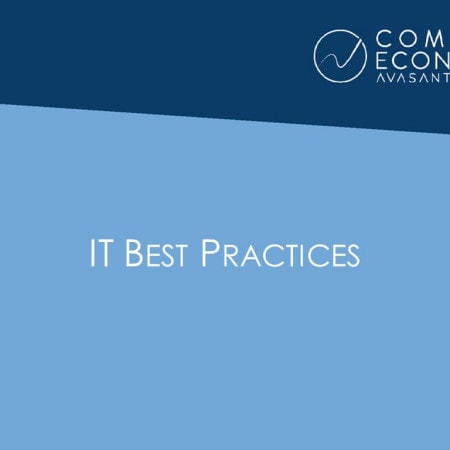-

Windows and Linux Data Centers Lag Behind Unix in Realizing Economies of Scale
In this article, we examine total data center spending per server OS instance across data centers of varying sizes. We break down these metrics for Windows, Linux, and Unix systems. Interestingly, Unix data centers experience significantly better economies of scale than Windows or Linux shops. We report the metrics and examine the reasons for the greater efficiencies in large Unix shops compared to other operating systems. (3 pp., 1 fig.)[Executive Summary]
September, 2007
-

Comparing Linux and Windows as Server Operating Systems
Both Microsoft Windows and Linux are increasing their market share as server operating systems. But what are their relative advantages? To find out, Computer Economics conducted a survey of system administrators and IT managers that have experience with both operating systems. The results are mixed, with Linux being preferred for its security, reliability, flexibility, scalability, and total cost of ownership and Windows taking the lead for ease of installation/administration and availability of support professionals. (11 pp., 10 figs.)[Executive Summary]
June, 2006
-

Use of Linux Growing in Corporate Data Centers
It is hard to argue that Linux is not ready for prime time. Some industries, such as the financial services industry, have been actively implementing Linux for several years, and major service providers such as IBM are actively promoting it. Although in most data centers Linux is relegated to a secondary role, some organizations are in the midst of a total transition to the open source operating system.
August, 2005
-

Linux Thrives in the Enterprise
Linux continues to grow in use in corporate data centers. Based on statistics gathered in our 2005/2006 Information Systems Spending & Technology Trends study, this report tracks the rate of adoption of Linux, the factors driving the popularity of Linux, and the ROI and TCO experiences of organizations that have deployed Linux. Finally, this report suggests principles to keep in mind in planning a migration so that the economic benefits of Linux can be realized.
July, 2005
-

Can Linux Save the Mainframe
The decision to consolidate open servers onto a single mainframe comes down to a total cost of ownership (TCO) issue. Is it more cost-effective to support server environments virtually on the mainframe versus on Intel based servers?
January, 2004
-

Time to Reassess Your Unix Strategy
The economic viability of continuing to rely on Unix as the platform for mission-critical functions is becoming more questionable. IT managers should be asking themselves whether cost considerations will drive Unix into a legacy software role in the 2006 time period. Unix ownership costs for hardware and software are higher than those of competitive systems.
August, 2003
-

SCO Actions Create Worries for Linux Users
The SCO group has shaken the Linux community with its aggressive claims regarding the open-source language. The likelihood of a solution that will be acceptable to Linux users without significantly raising the price of the product is high. Clearly everyoneâs interests will be best served by the software industry coming up with a solution that will prevent any similar problems from recurring in the Linux community.
July, 2003
-

Aberdeen: New Poster Child for Sloppy Research? (1Q03)
A recent study, which shows Linux and other open source software suppliers have more security problems than Microsoft, has serious flaws.
January, 2003
-

Windows 2000 vs. Linux Study: Not All Good News for Microsoft (Dec 2002)
Closer examination of IDC's Windows 2000 vs. Linux TCO study indicates there is no clear winner in this area.
December, 2002
-

Does Linux Have a Role in the Enterprise? (Feb. 2002)
A major problem with running applications on servers is the creeping growth in the number of computers along with the accompanying increases in administrator head count, power consumption, physical space, and, most importantly, cost. Resolving these problems by applying an open source operating system may at first sound startling-perhaps even radical, but Linux has accomplished these goals for a number of organizations.
September, 2002
-

Linux Changes Economics of Mainframe Computing
It depends is a phrase familiar to anyone analyzing mainframe system capacity or performance, whether discussing computing economics or characteristics. It has been decades since commercial software was provided free--or, more accurately, bundled with hardware. Since then, IBM software licensing terms and fees have changed several times, most recently to dramatically favor Linux-based computing.
May, 2002
-

Many Vendors Boost Linux Enterprise Capabilities
Many IT managers still view Linux as an operating system favored by game playing geeks with no place in mission critical applications that demand 24x7 reliability. But the many advantages that Linux is beginning to demonstrate in just such applications is reason to look into where this technology might fit into your organization's infrastructure.
March, 2002

 Grid View
Grid View List View
List View